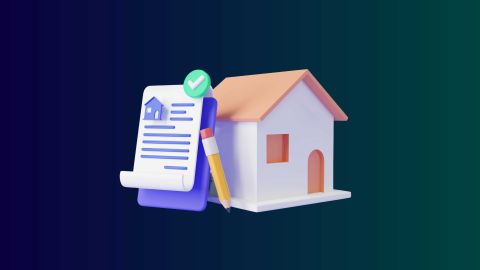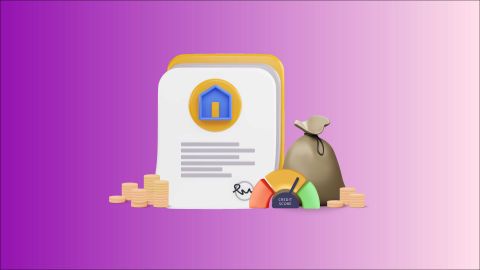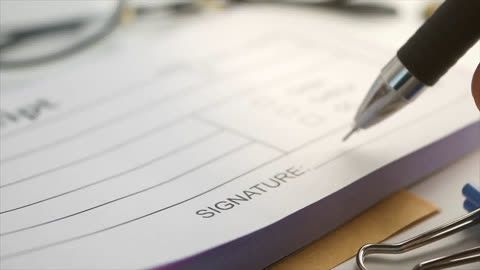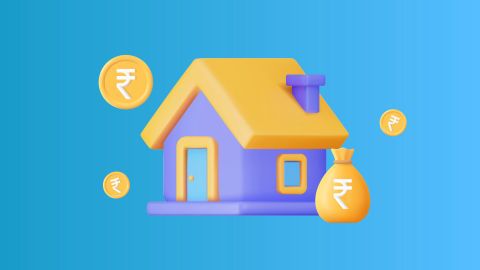House repossession is a legal process that occurs when a homeowner is unable to make their mortgage repayments. In this situation, the lender, usually a bank, or building society, has the legal right to take possession of the property and sell it to recover the outstanding debt. Repossession can have serious consequences for both the borrower and lender, making it essential to understand how it works and how to prevent it.
Types of repossession
There are two types of house repossession, judicial and non-judicial.
In the judicial process, which means that lenders must obtain a court order before they can take possession of the property. The first step in this process is for the lender to send a default notice to the borrower, informing them that they have fallen behind on their mortgage payments. This notice will specify the number of arrears and the date by which they must be paid.
If the borrower does not respond to the default notice or make the required payments, the lender can apply to the court for a possession order. This order gives the lender the legal right to take possession of the property and sell it to recover the outstanding debt.
Non-judicial repossession is a process where lenders do not need a court order to take possession of a property. Instead, they can use a process known as foreclosure, which involves selling the property at a public auction. Foreclosure is generally a faster process than repossession, but it provides less protection for the borrower.
How repossession works
When a lender takes possession of a property, they will usually try to sell it as quickly as possible to recover the outstanding debt. The property may be sold at a public auction or through a private sale. If the proceeds from the sale are greater than the outstanding debt, the remainder will be returned to the borrower. However, if the proceeds are less than the outstanding debt, the borrower may still be liable for the shortfall.
Rights and responsibilities of parties involved
As a homeowner facing repossession, you have the right to be treated fairly and given the opportunity to repay your arrears and keep your property. You should also be given reasonable notice of any court proceedings and given the opportunity to defend yourself. It is essential to seek legal advice if you are facing repossession.
Lenders have a responsibility to act in good faith and to try to come to an agreement with the borrower before seeking repossession. They should also follow all relevant legal procedures and ensure that the borrower is treated fairly throughout the process.
Consequences of repossession
Repossession can have serious consequences for both the borrower and lender. For the borrower, repossession can result in the loss of their home, damage to their credit rating, and the possibility of being sued for any shortfall in the outstanding debt. For the lender, repossession can result in a loss of money, litigation costs, and reputational damage.
Preventing repossession
The best way to prevent repossession is to communicate openly with your lender if you are experiencing financial difficulties. You should try to come to an agreement with your lender to reduce or reschedule your mortgage payments. In some cases, lenders may be willing to extend the term of your mortgage or switch to interest-only payments temporarily.
Steps to take after repossession
If your home has been repossessed, there are a few steps you can take to get back on your feet. Firstly, you should seek legal advice to determine if you have any legal rights or claims against the lender. You should also seek advice on your options for paying any outstanding debt or negotiating a repayment plan.
In conclusion, house repossession is a serious issue that can have significant consequences for both the borrower and lender. It is essential to understand the legal procedures involved and to take steps to prevent repossession from occurring. Seeking legal advice and communicating openly with your lender is the best way to protect yourself from repossession and its consequences.




